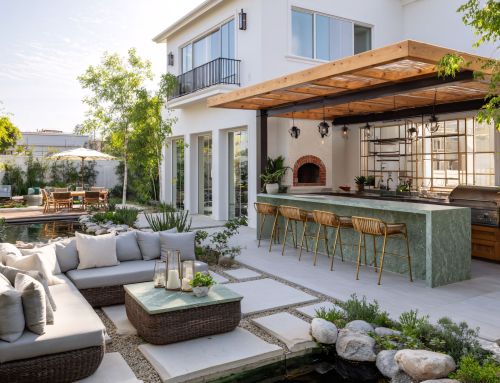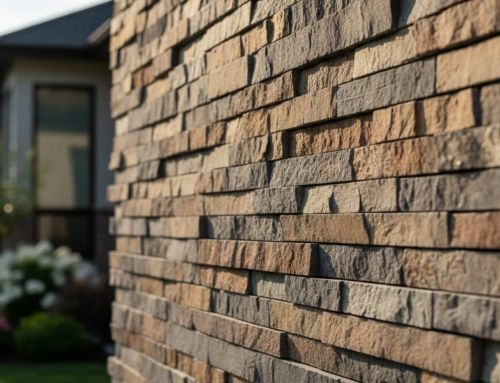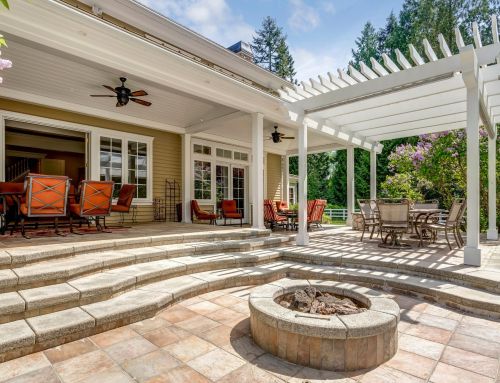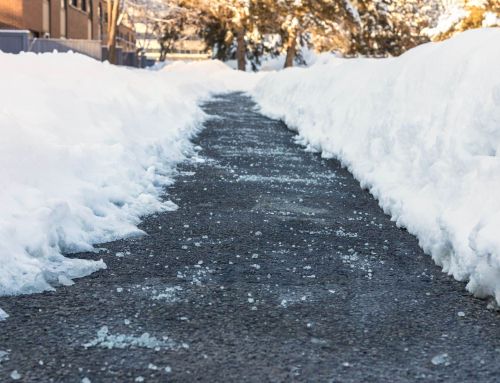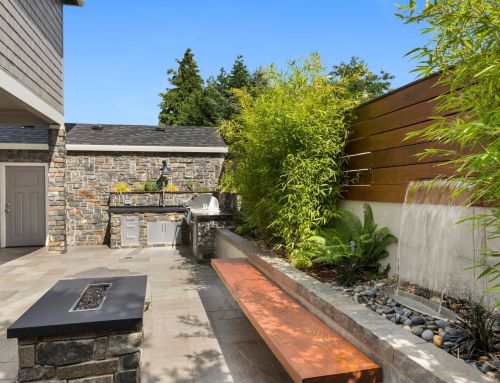When you are planning a backyard transformation, hardscaping is a major element that can provide both form and function. Two hardscape elements that can offer an interesting design focal point, as well as provide an important function in your outdoor space, are retaining walls and freestanding walls.
Each has its own purpose. Retaining walls primarily perform an important engineering function within a landscaped space, but also work aesthetically as a design element. Freestanding walls are different from retaining walls in that they are used primarily as a decorative element that is also functional in a hardscape design, such as a seating area.
Let’s explore the differences in form and function of both retaining walls and freestanding walls as important elements in any hardscape design.
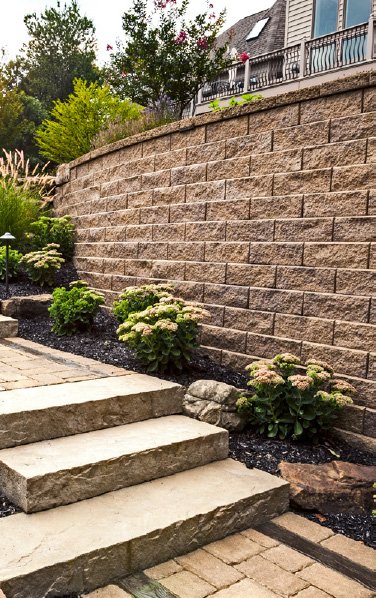 What is a Retaining Wall?
What is a Retaining Wall?
They are designed for supporting soil mass laterally so the soil can be retained at different levels on the two sides of the wall. They basically keep soil in place and are typically used on a steep, near-vertical or vertical slopes. Retaining walls are often used to create different levels in a landscape design and while they are primarily utilitarian, they can be used to create outdoor living and multi-use spaces.
Building a Retaining Wall
Besides their consistent look, manufactured segmental blocks and natural wallstones are easiest to work with and offer the structural integrity needed for creating a safe retaining wall. It’s important to start with a solid gravel base and compact it level, several inches below grade. This is an important step because the base sets the tone for the entire wall. Take the time to do it right. Be sure to allow for drainage before beginning to lay out your wall.
When laying blocks, be sure to check the course at each level. This will help maintain the structural integrity of your wall. Remember, your retaining wall will need to hold thousands of pounds of soil in place. As you complete a course, add your crushed stone, fabric, geogrid, backfill, or whatever the project requires, to level. This will help add support. Add cap blocks to the top row of your retaining wall. Cap blocks add the perfect, finished look.
When designing retaining walls, consider incorporating curves to add texture to your landscape. Today, pre-designed, pre-formed blocks make creating undulating lines easy. Retaining walls of less than four feet can be easily planned and built by the do-it-yourselfer. Higher walls may need to be engineered and you should check your local building codes.
What is a Freestanding Wall?
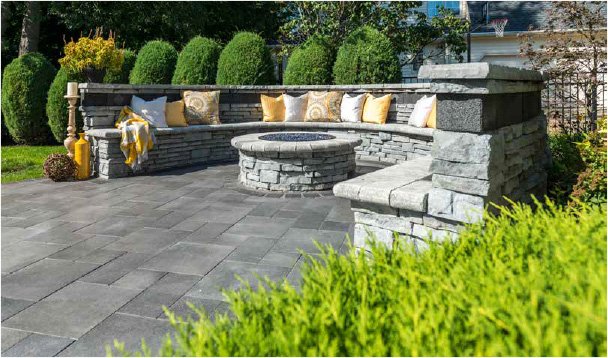 Freestanding walls are different than retaining walls. They are not used to hold back soil. They are a purely decorative, yet functional element in a hardscape design. Adding a freestanding wall to a patio can transform the space into an outdoor living area. A low wall with a granite cap can provide additional casual seating and give a balanced visual appearance to your hardscape design. Freestanding walls look great with lighted stone pillars!
Freestanding walls are different than retaining walls. They are not used to hold back soil. They are a purely decorative, yet functional element in a hardscape design. Adding a freestanding wall to a patio can transform the space into an outdoor living area. A low wall with a granite cap can provide additional casual seating and give a balanced visual appearance to your hardscape design. Freestanding walls look great with lighted stone pillars!
Transforming Your Backyard
Many manufacturers create blocks that can be used for both retaining walls and freestanding walls. With pre-designed, curved blocks, blocks, flats, and matching capstones, it’s possible to turn your backyard into a beautiful hardscaped oasis.
If you’re ready to begin your backyard transformation, give our experts a call! At Old Station Outdoor & Landscape Supply, we carry a wide variety of materials from top manufacturers like Unilock, Techo-Bloc, Belgard, Allan Block, Ideal, and all types of natural wallstone. For all your hardscaping needs just give us a call. We’ll be happy to answer your questions to help you create the backyard of your dreams.




